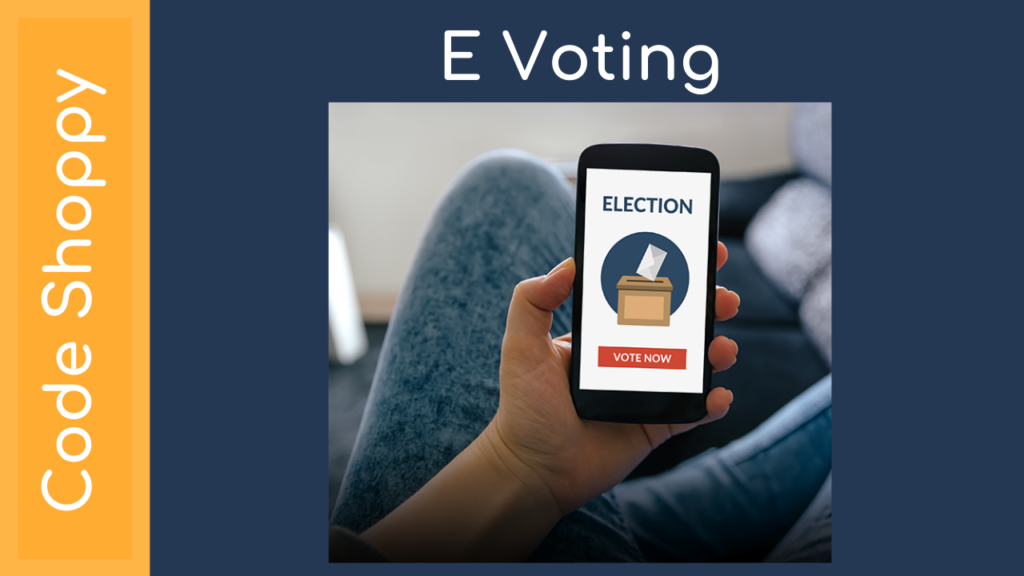Android Based Mobile Notifier
Android Based Mobile Notifier
GOOGLE CLOUD MESSAGING: Google Cloud Messaging for Android (GCM) is a service that allows you to send data from your server to your users’ Android-powered device, and also to receive messages from devices on the same connection [5]. Google Cloud Messaging for Android (GCM) is, according to the description on the Android developer website, “a service that helps developers sends data from servers to their Android applications on Android devices.”This service can send a message of up to 4 kb to an application on an Android device, most often to tell the application to retrieve a larger set of data. GCM will now handle all queuing and delivery for messages to Android applications. GCM also supports multicast messages, multiple senders, and time-to-live messages. Developers can get started using GCM over at the API guide on Google’s Android developer website. It allows 3rd-party application servers to send messages to their Android applications. An Android application on an Android device doesn’t need to be running to receive messages. The system will wake up the Android application via Intent broadcast when the message arrives, as long as the application is set up with the proper broadcast receiver and permissions. GCM will be taking the place of Google’s previous mobile application service, Android Cloud to Device Messaging (C2DM). C2DM has been officially deprecated in favor of GCM.Considering today’s dynamic business environment, processes in an enterprise in the future will not be confined to single cloud but span across multiple clouds. It has been anticipated that with the growth and ascent of smart phones, tablets, social media and other intelligent devices which are now participating in the complete enterprise ecosystem, the interaction patterns between the cloud components and consumers are becoming even more complex. Hence, organizations obligated to ensure that their applications and processes are able to intelligently and efficiently interact with each other, so as to guarantee optimum utilization. Code Shoppy
We have tested and implemented latest push notification offering by Google i.e. utilizing the Google cloud messaging framework [5] [7] with our android application, we tested it with our third party server using Eclipse as the development tool. We used PHP pages with JSON encoding to send message from web application on the server to the mobile application. We implemented this method by following standard setup procedures provided on the android developer site. We are using GCM APIs to connect with GCM server and register our mobile devices to store that unique Registration Id.
https://codeshoppy.com/shop/product/employee-management-system/

Comments
Post a Comment